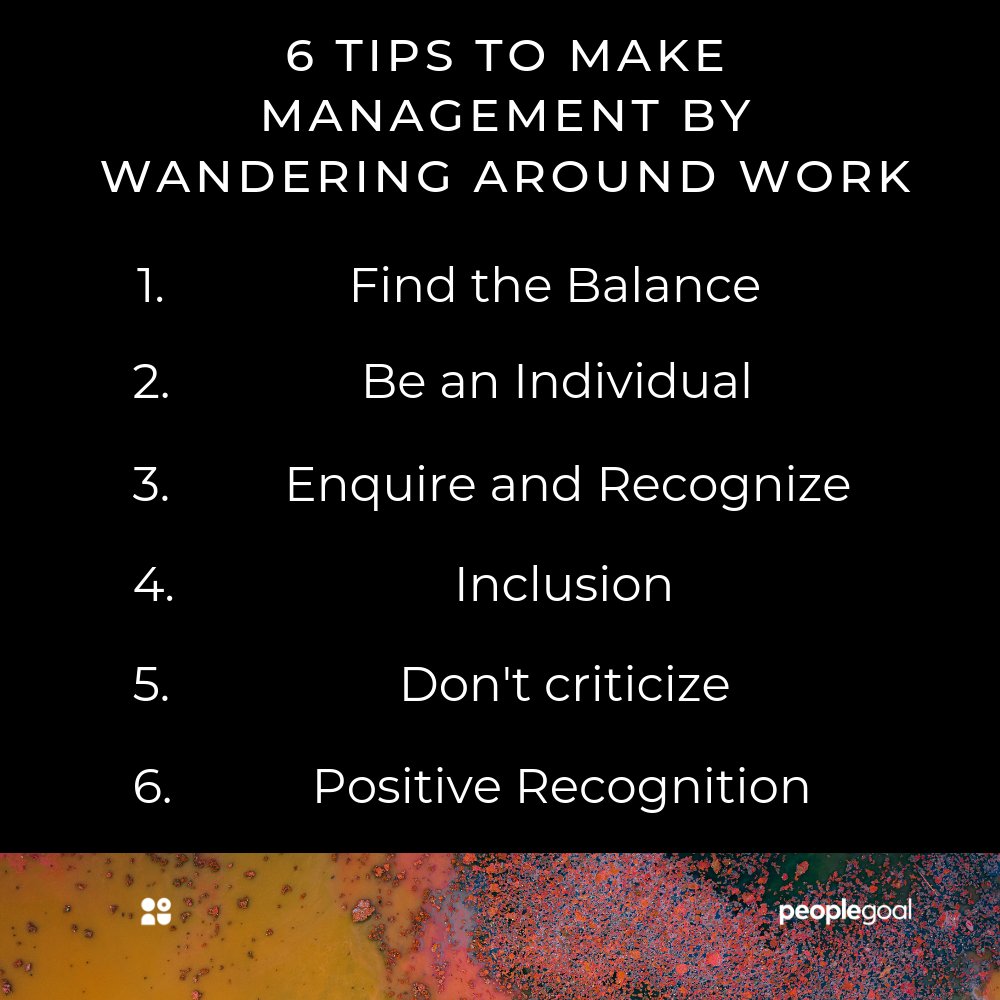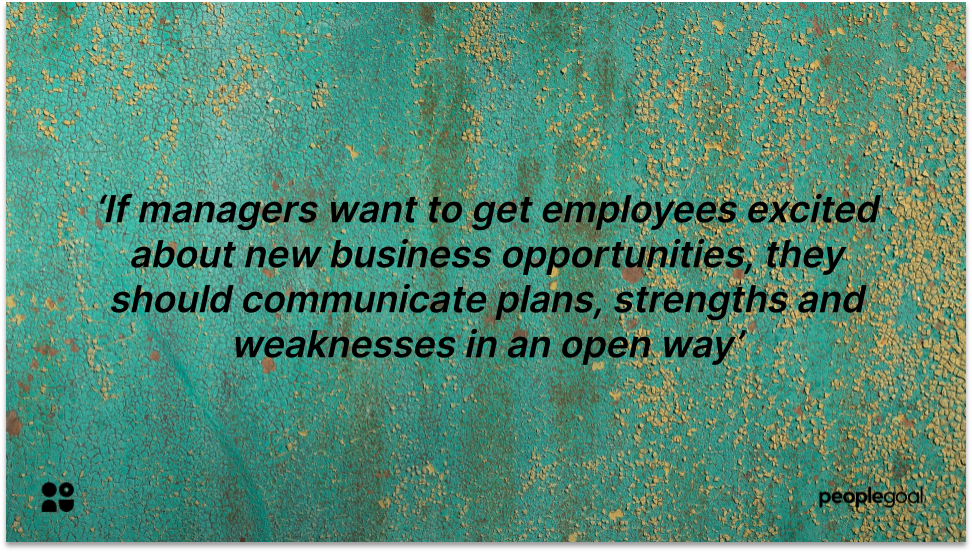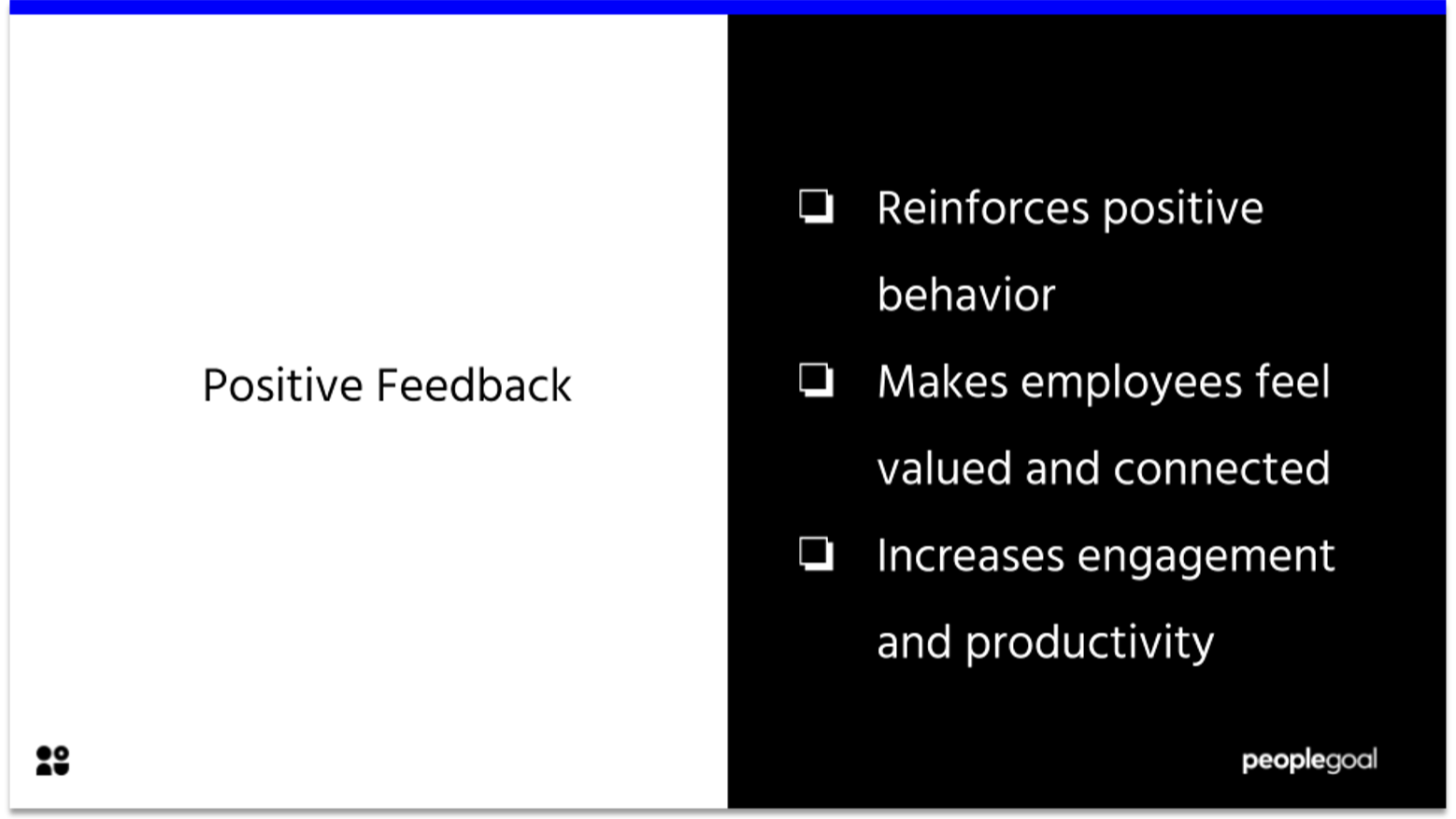How to improve employee engagement for small companies?
The term ‘employee engagement’ is rather ambiguous, being used in multiple different contexts and to describe numerous things. "Engagement" is really a measure of an employee’s passion, motivation, satisfaction, commitment to and involvement with the job. There are a range of benefits to engagement which we have discussed in previous blogs. Employees who are engaged are generally more productive; a Gallup poll suggested that engaged employees can be up to 22% more productive! With increased engagement comes higher employee retention and lower turnover.
When it comes to increasing employee engagement, small businesses can feel like they are at an inherent disadvantage in comparison to bigger companies. Small businesses are unlikely to have the huge budgets of an Amazon or a Google, and thus feel as though they can’t offer their employees the large bonuses or extravagant perks. However, small companies actually hold certain advantages over their bigger counterparts. Due to their size, small businesses can feel like a close, coherent team, where everyone knows everyone. This results in managers having more opportunities to connect face-to-face with employees and employees themselves having greater access to senior leadership. There is a lot you can do in small business to boost employee engagement!

1. Appreciation, recognition and reward
Running a small business is tough and a lot of hard work. In this demanding environment it can be easy for management to forget to show appreciation and recognition to their employees. Recognition can range from a simple ‘thank you’ to a nice reward. There are plenty of innovative ways to show your appreciation. There are even social incentives which have been well received in experimental literature.
It may sound trivial, but even the smallest sign of appreciation goes a long way to improve employee engagement. Make sure to show recognition for the achievements of employees regardless if they are large or small. Even the smallest businesses with limited resources can find methods to recognise their employees as research shows not only does this boost engagement but also productivity.

2. Communication and an open-door policy
A smaller workforce means fewer channels to get through to colleagues, often allowing for direct communication between peers. This easier, less diluted communication means that employees can express ideas, concerns and opinions, which in turn fosters an environment where everyone feels involved and valued.
Smaller teams mean that those higher up in the organisation are closer to those at lower levels. Some small businesses don’t even have separate offices for management, meaning staff and management are working closer together. This promotes open and regular communication across the employee spectrum. If management and employees interact more often it creates an environment of unity, boosts morale and improves engagement.

3. Flexible environment
We have talked in a previous blog about the benefits of remote working, namely better employee health, higher productivity and better work-life balance. Employees who have a degree of flexibility in their work often are more productive and engaged.
Smaller companies tend to have the ability to offer more remote work, flexi-work or even time off when an individual requires it. As a result, employees feel a greater professional and empathetic view towards their organization for granting them greater flexibility with their work.
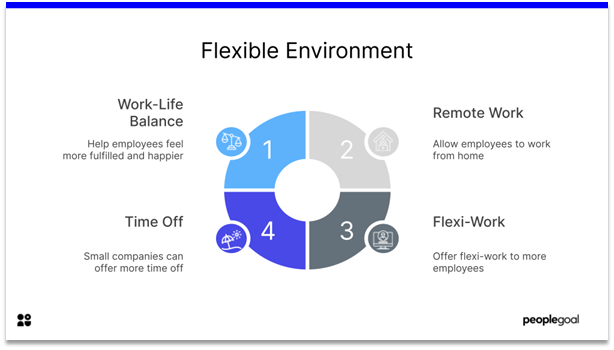
4. Transparency
Creating an environment of trust in the workplace is key to improving employee engagement. Transparency is a key predictor of trust in the workplace, so the greater level of trust at work, the more likely that employees will be engaged. But how do you achieve a greater level of trust?
Being transparent means being open and honest with your peers. You need to be clear with your team, remaining honest, explaining the reasoning behind your decision making and admitting when you have made a mistake. Transparency allows you to build more authentic and real relationships with your team. It allows for a culture of cohesion, honest debate and trust – all of which lead to increased employee engagement.

5. Provide job resources
Your employees need to have sufficient and necessary resources not only to do their job but also to develop both professionally and personally. A study found that having access to job resources increased employee engagement, particularly in positions of high stress and demands. With fewer employees, it should be easier for managers and leaders to think about what resources employees may need. Even more explicitly, in smaller companies it is easier to just ask employees what resources they need to improve.
Next, think about your employee’s future professional and personal development. Ask your employees what their personal and career goals are. Think about how and what they might need to achieve them. This may seem counterintuitive, as investing in an employee’s future may move further up in the organization or may not even remain at the organization. However, you’re showing your team that you care about your employee’s personal development and goals, by demonstrating your care and giving them the resources they need shows them that you value them.
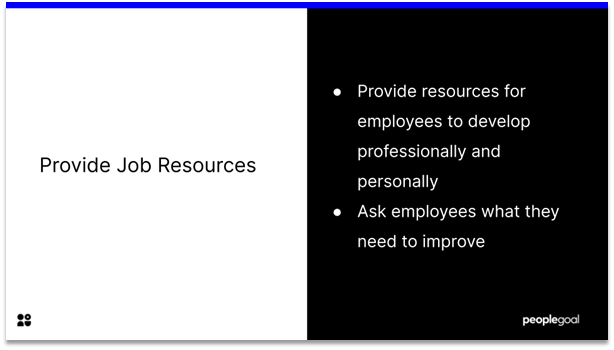
6. Give employees a voice
As companies get bigger and bigger, people lower down end up being crowded out without a voice. This results in the menial daily routine of employees coming into work, doing their job and then going home. This can really disconnect employees from their employer.
You can improve engagement by just giving your employees a voice. Ask for their opinions on upcoming decisions, what ideas for improvement they have or what areas of the organization are falling behind and need help. While you can’t get their opinion for every decision, listening and showing that your employees are valued are good boosters of engagement. When employees are involved in decisions, planning and goals, they feel part of the global picture and become more committed to it.

If you enjoyed reading this blog or just wanted to learn more about different areas in the HR sphere, feel free to read our others. If you’re interested in what PeopleGoal is and how we can help you read our reviews and FAQ’s; you can even try our platform in a free 14-day trial!
Alternatively, you can also email us directly at contact@peoplegoal.com.
Ready to 3x Your Teams' Performance?
Use the best performance management software to align goals, track progress, and boost employee engagement.

